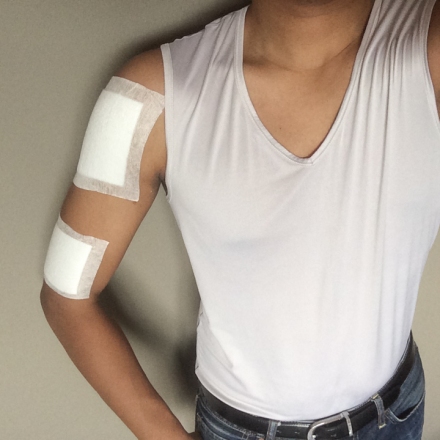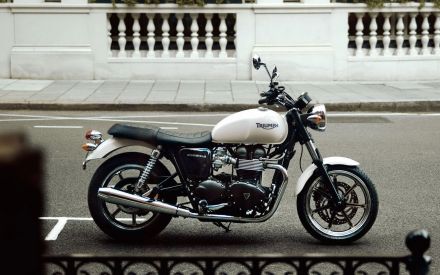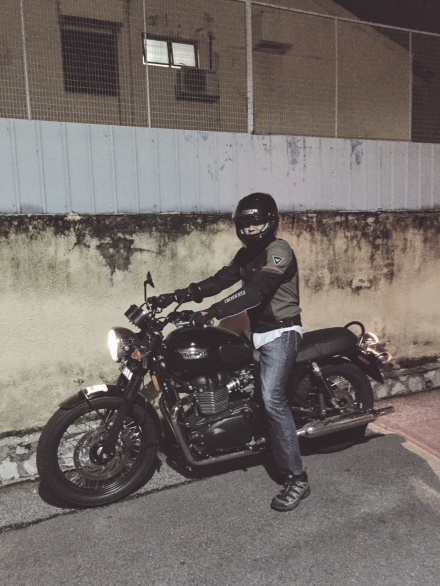
Gong Hey Not-So-Fat Choy
I can’t recall how the downward spiral began, but between February 2014 and September 2015, I stuffed my face and added more than 10 kilograms to my weight. To be fair, 80 kilograms (I was 70 kilograms before, you math genius, you) wasn’t that bad for someone of my height, but the undeniable formation of a protruding belly was lah. Thus, began my long and undisciplined journey towards losing weight.
I think I’ve tried them all – the ‘no carbs’ approach, the ‘no dinner’ approach, the ‘cheat day’ approach… you name it. In all honesty, none of them worked. At the time, I didn’t understand the governing principle of this whole weight loss malarkey and, like any ill-informed individual, I was just ‘trying things out’. But after numerous tweaks over the course of a few months, things started to click. Here are some quick and dirty tips which could be useful to you if you’re trying to lose weight:
1. Understand the concept of food energy and calorie counting – Your body is like a car that has a fuel tank made of expandable rubber (belly). If you turn the engine on and keep it running in the garage, you burn about 2,000 units of fuel (calories) a day. You can refuel (eat) throughout the day, but if you refuel more than you burn, then the fuel tank is going to expand (put on weight). Conversely, if you refuel less than you burn, the fuel tank is going to shrink (lose weight). If you refuel as much as you burn, the size of the fuel tank stays the same. You can opt to burn additional fuel by taking the car out for a drive (exercise). This is the concept at the heart of my weight loss plan and, I swear this is the only principle you have to understand to lose weight. No purchase necessary, no fad diets, no HIIT bullshit, nothing. Actually, there is one purchase I did have to make…
2. Buy a digital scale – A digital scale is critical because it measures to the nearest 100 grams. More often than not, I would lose only around 200-300 grams a day. An analogue scale isn’t sensitive enough to display such small changes, thus it is crucial to get the most sensitive digital scale you can afford.
3. Download the MyFitnessPal app – Equally critical is the free MyFitnessPal app. I use this app to track everything that enters my mouth every single day, until today. It gives you access to an enormous database of food and its corresponding calorie content. Nasi lemak? That’s 644 calories. Fried chicken? 290 calories. Roti telur and dhal? 414 calories. Having all three for breakfast? 1,348 calories, which means you’re going to have to skip lunch, tea, dinner and supper. You’re going to have to go to bed hungry. And possibly alone, too. Hungry and alone. Lethal.
4. You WILL feel hungry – Take a moment to really internalise this point. If a diet promises that you will not feel hungry, then it’s a scam. Look at it this way – you have eaten above your daily calorie limit every single day for the past few months, if not years. This is why you’ve put on excess weight. The only way to lose this weight is for you to consistently eat below your daily calorie limit, i.e. 1,500 calories or less, at least for a while. And by “a while”, I mean some months. You will feel hungry. You’re supposed to feel hungry. There are very few things more rewarding than going to bed hungry, secure in the knowledge that you ended the day under your daily calorie limit. Maybe you’ll rifle through photos of cakes and pastries before dozing off. Maybe you’ll cry and contemplate murder and/or suicide. But like quitting cigarettes, it’s just a matter of telling yourself to toughen up, so toughen up, Sissycakes.
5. Exercise does not work (as effectively as controlling food intake) – It’s sooo easy to be misled by the glossy allure of exercising to lose weight. You run for ten, maybe fifteen minutes, then “reward” yourself with a large pizza and a big basket of greasy chicken wings later that evening. Don’t be fooled. Exercise is rubbish. Oh yeah, I said it. It supplements any weight loss plan just fine, I can agree to that. But you will lose more weight by effectively managing your food intake than any HIIT program ever will. Don’t believe me? Okay, a plate of nasi lemak and fried chicken is (644 + 290) = 934 calories. How far do you think you’d have to run to burn 934 calories? More than ten kilometres. That’s TEN klicks, bru! I’d rather skip the nasi lemak and fried chicken than run a 10K any day, thanksverymuch.
6. Cut out coloured drinks and binge on plain water – When I began to approach eating from a calorie perspective, I began to eat smarter. Not necessarily healthier, but smarter. Stop consuming drinks which are coloured. Exceptions can be made for Japanese/green tea, maybe sugarless coffee too (near-zero calories). Besides that, start binging on good ol’ tap water (zero calories). Also, always opt for low-calorie alternatives of the same drink, for example, opt for Coke Zero (err, zero calories?) when you’re craving for Coke. This allows you to save up and utilise your daily calorie allowance towards that big piece of fried chicken later that evening. And you know what they say – no drink tastes better than food.
7. Get used to throwing food away – From this point forth, things get a bit grey. I hate wasting food but if the vendor piles a mountain of rice and a pool of chicken curry despite my request for a reduced portion, most of that meal (between ½ and ¾) is going into the bin. The problem here in Malaysia is vendors, especially of the mamak and street food variety, just don’t get what ‘half portion’ means. I know it’s not cool to waste, especially when millions of people die each year from hunger, but heart disease is also not cool.
8. Lie when you have to turn down food – This is the worst bit of all. In Malaysian culture, the social experience is centred around food. I love my family and friends, but it’s difficult to explain to them why you can’t eat (“I’m sorry, Ma. I’ve maxed out my calorie allowance for today”; –“Calorie allowance? Get the hell out of my hou..”), so most of the time I default to either “I’ve eaten before I came, but I wouldn’t mind a small bite.” or “My stomach isn’t feeling well. I’m afraid I’ll have to skip this meal.” Your mother would still know that you’re lying, of course, but what the heck…
9. Other men (and some women) will think you’re a pansy butterfly – You’re not. Okay, maybe a little bit.
“But I’m doing this because I don’t want to die of food-related diseases, like heart disease or diabetes.”
-“You’re doing this because you want to look good in a leather jacket, you vain pot.”
“Okay, and that, too.”
-“Disappointing. What if you die in a traffic accident?”
“Well, at least they won’t have to dig an Xtra-Large grave for me…”
-“You’re not funny. [Pause] Are you happy, though? You look miserable.”
“Err…. sigh.”
10. You will feel slightly miserable – C’mon. Let’s be real here. Healthy food doesn’t taste as good as unhealthy food. FACT. It doesn’t necessarily taste bad, but show me a healthy meal that tastes better than salted-egg fried chicken/squid/mushroom and I will eat that meal exclusively for a year.
Disclaimer: I’m not a physician/dietician/whatever fancy name people in the medical or wellness profession call themselves. I’m some guy off of the internet, so try the above at your own peril. I take no responsibility for any injury or death that you can (and probably will) sustain as a result of following the above. But like I said, at least they won’t have to dig an Xtra-Large grave for y… I’m kiddinggg~.









